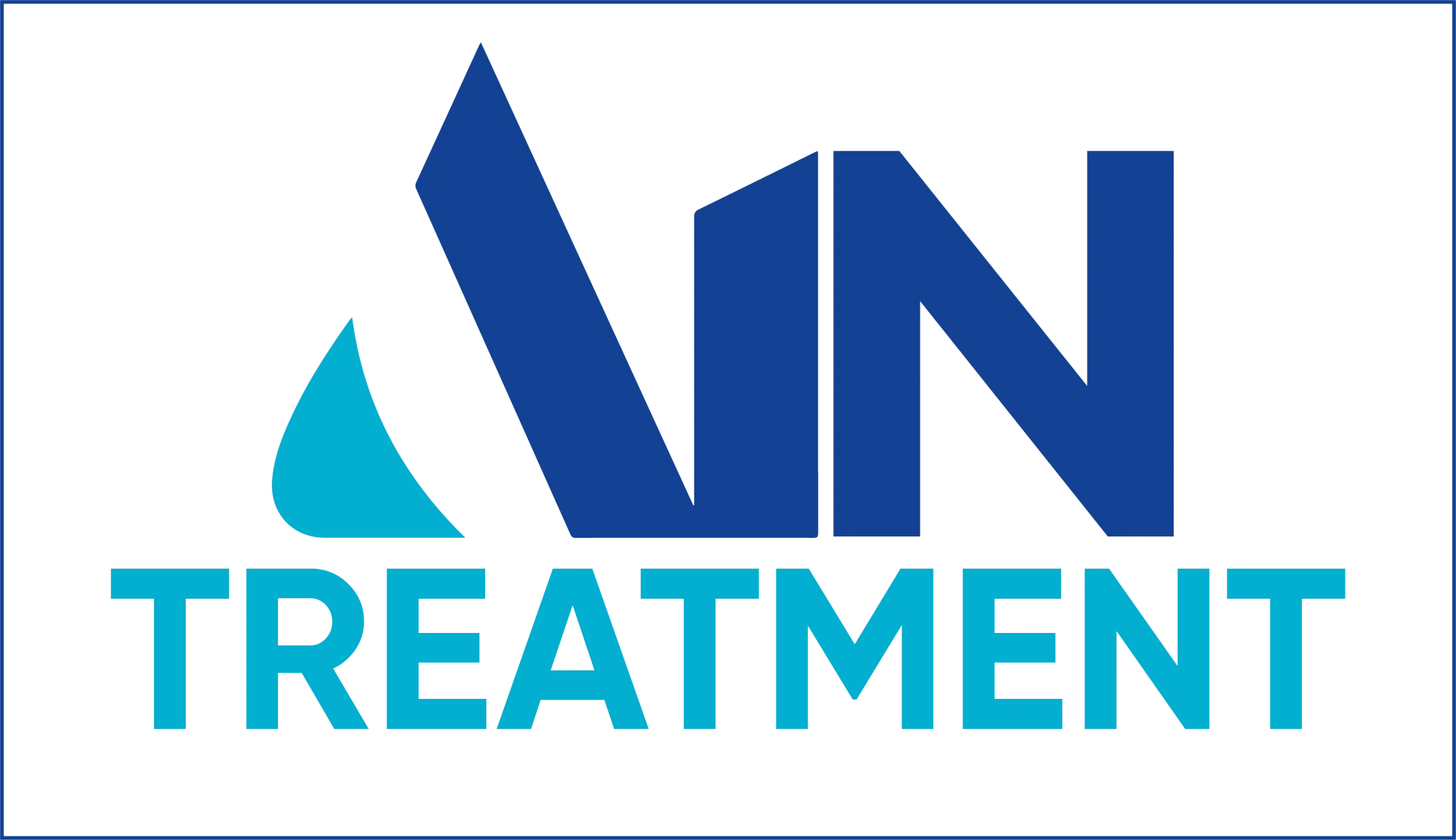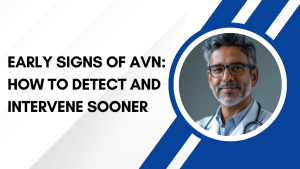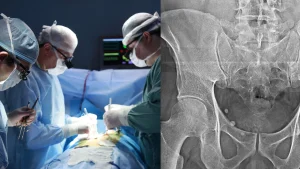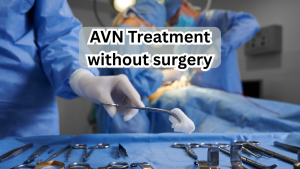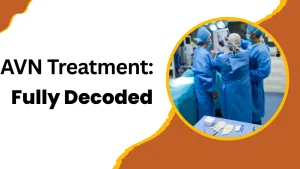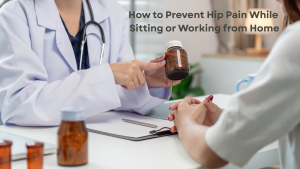Introduction
Avascular necrosis (AVN) is a progressive condition caused by the loss of blood supply to bone tissue, leading to bone death and joint dysfunction. Traditionally, advanced AVN has been treated with surgery such as total hip replacement or core decompression.
Although, regenerative treatments have become essential, especially in early-stage AVN, offering numerous benefits without the risks or recovery time associated with surgery.
This article discusses the advantages of minimal invasive AVN treatment and why it should be the first choice for many patients.
Understanding Minimal Invasive AVN Treatment
Non-surgical AVN treatment aim to:
- Halt or slow the progression of bone damage
- Promote natural bone repair and blood flow
- Relieve pain and improve joint function
- Preserve the patient’s own joint for as long as possible
Common non-surgical approaches include:
- Medications such as pain relievers, bisphosphonates, and vasodilators
- Physiotherapy to improve mobility and strengthen surrounding muscles
- Regenerative therapies, including SVF stem cell injections and platelet-rich plasma (PRP)
- Lifestyle changes to reduce joint stress and support bone health
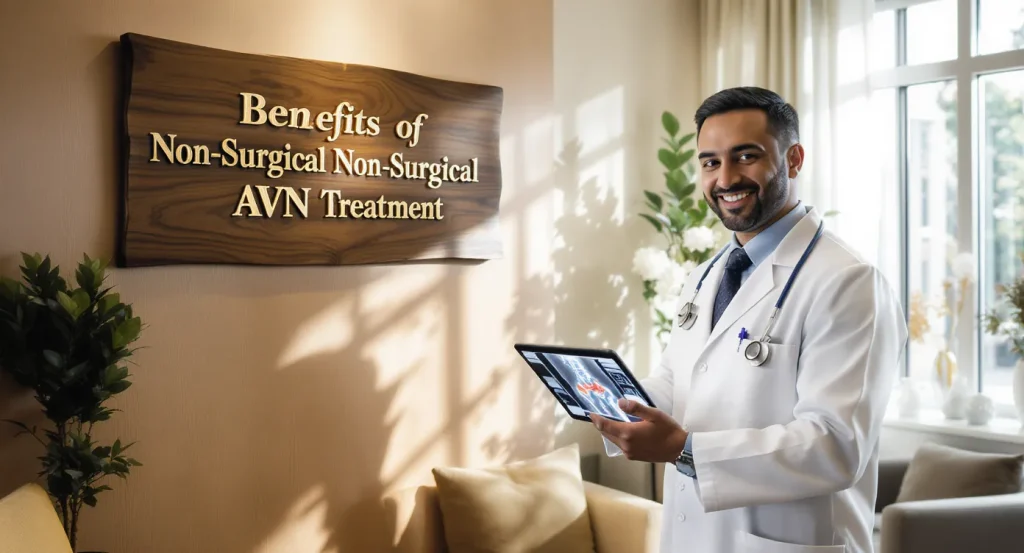
Key Benefits of Non-Surgical AVN Treatment
1. Minimised Risk and Safer Profile
Regenerative treatments avoid the risks associated with surgery as these are minimal invasive treatment, such as infections, blood clots, general anesthesia complications, and postoperative pain. This safety profile is especially important for elderly patients, those with co-existing medical conditions, or patients unfit for surgery.
2. Preservation of Natural Joints
One of the primary focuses of non-surgical treatment is to preserve natural joint and joint structures for as long as possible.
Regenerative therapies differ from joint replacement surgery by seeking to preserve natural joint health while improving function, thus prolonging its lifespan while delaying or even eliminating surgical intervention.
3. Facilitates Natural Healing
Emerging regenerative therapies such as SVF harness the body’s own adipose tissues to promote healing. These potent cells help generate new blood vessels, stimulate bone growth, and repair damaged tissue.
This natural repair process leads to stronger, healthier joints over time rather than just masking symptoms.
4. Effective Pain Control and Functional Improvement
Non-surgical methods address inflammation and improve blood supply, alleviating pain and stiffness.
Through medication and physical therapy, patients regain better movement and can perform daily activities more comfortably, contributing to a higher quality of life.
5. Quicker Recovery and Less Downtime
Non-invasive treatments typically require 1-2 days hospital stay and have significantly shorter recovery times compared to surgery. Many regenerative procedures are outpatient services, allowing patients to resume normal routines faster.
6. Treatment Plan
Treatment plans are customized according to the patient’s AVN stage, symptoms, age, and general health. This approach enhances effectiveness and patient satisfaction while avoiding blanket surgical solutions.
7. Cost-Effectiveness
By preventing or delaying major surgeries, non-surgical treatment reduces overall health care costs, including hospitalization, rehabilitation, and long-term care. This is particularly beneficial in India’s diverse economic landscape.
Non-Surgical Treatment Options in Detail
Physiotherapy
- Strengthens muscles around the joint, improves range of motion, and reduces joint stiffness.
- Customized to avoid high-impact exercises that could worsen bone damage while maintaining overall fitness.

Regenerative Therapies
- SVF Therapy: Harvests stem cells from the patient’s own fat tissue to stimulate bone regeneration within the necrotic area.
- Platelet-Rich Plasma (PRP): Use concentrated growth factors derived from the patient’s blood to enhance tissue healing and reduce inflammation.
Lifestyle Modifications
- Weight management reduces mechanical stress on affected joints.
- Avoiding alcohol and smoking improves blood circulation and supports tissue repair.
- Low-impact activities such as swimming or cycling instead of running or jumping.
Suitable Candidates for Non-Surgical Treatments
- Patients diagnosed in the early or mid stages of AVN (Stages 1 to early 3).
- Those with mild to moderate symptoms and limited bone collapse.
- Patients seeking to avoid surgery.
- Younger and active patients wishing to maintain joint integrity over the long term.
Limitations and When Surgery May Still Be Needed
Although non-surgical treatments offer significant benefits, they have limitations, especially in advanced AVN where bone collapse and arthritis are extensive. In such cases, joint replacement or other surgical interventions might become necessary.
Early Diagnosis Is Crucial
Successful non-surgical treatment depends heavily on early diagnosis. Access to MRI and specialized care facilitates timely intervention before irreversible bone damage occurs.
Key Takeaway
Regenerative therapies in particular provide a promising avenue for natural bone repair and joint preservation. Early diagnosis and personalised care are essential to harness these benefits fully. We focus on minimally invasive regenerative treatments such as SVF therapy to help patients in India recover mobility, reduce pain, and maintain a better quality of life.
